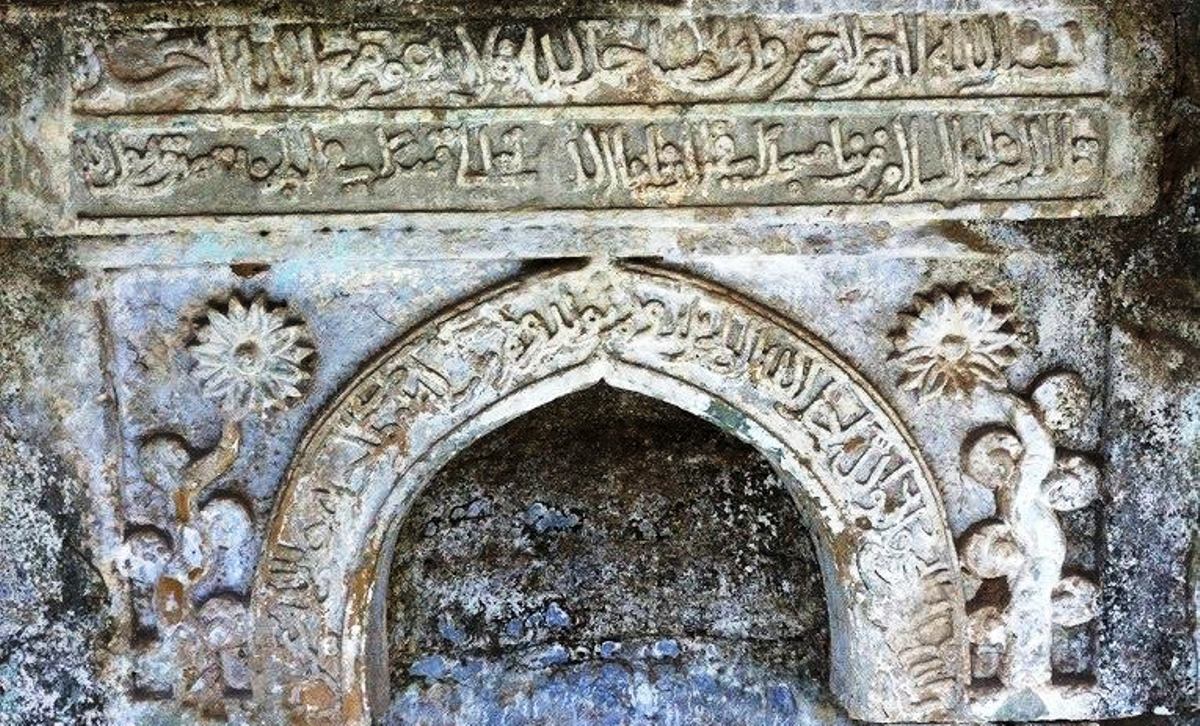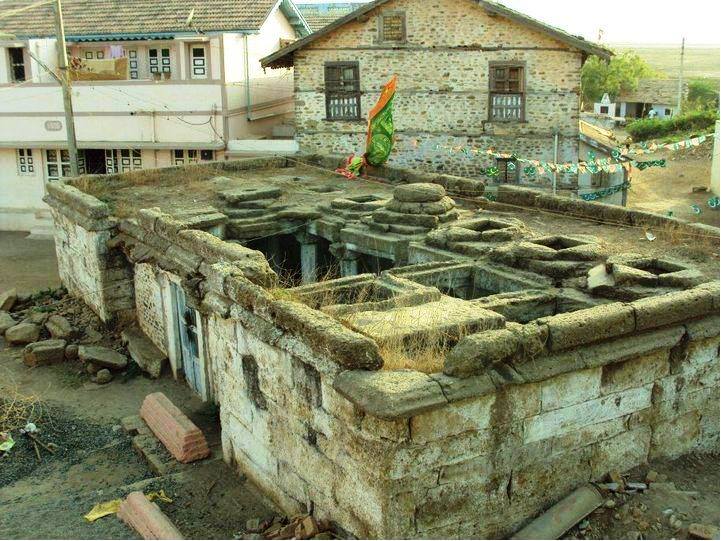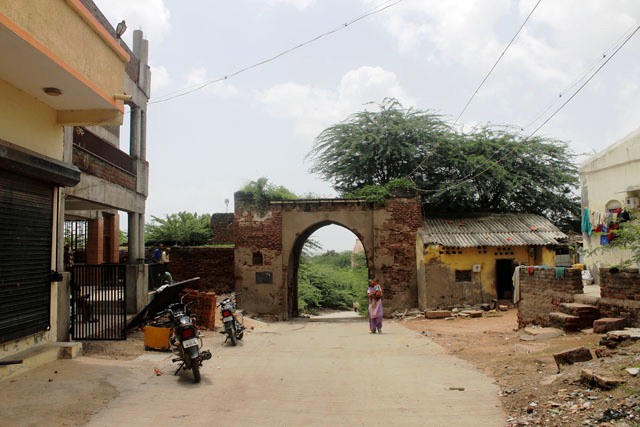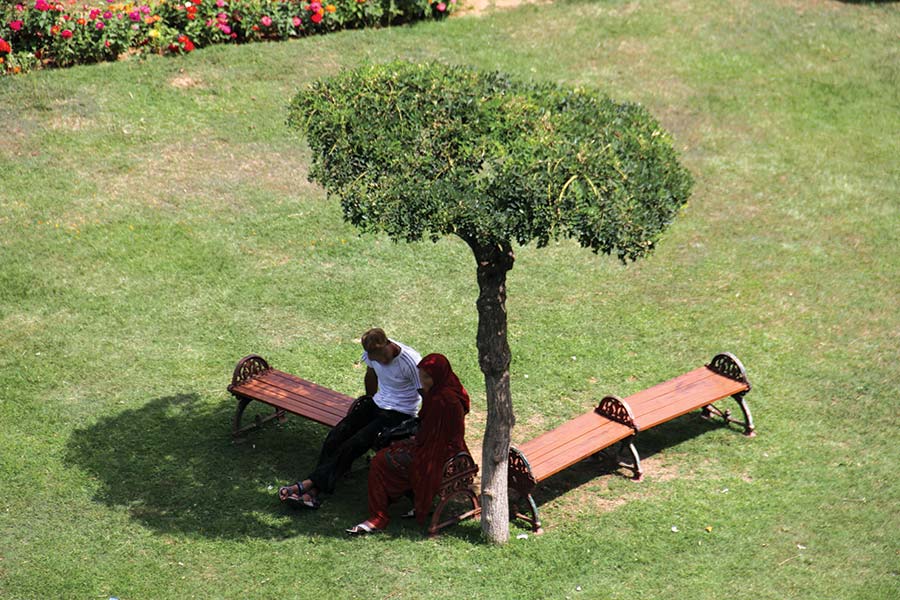SRINAGAR: Seemingly, Islam came to India much before than it is believed to have moved in with traders who sailed to coastal belts. The first mosque is presumed to have been built in India well before the Prophet migrated to Madina, the new evidence suggests.

A Masjid in Gujarat is much older than the one in Kerala that hitherto was termed to be the oldest mosque in the Indian subcontinent. Interestingly, the Gujarat mosque faces the first Qibla, Jerusalem and could be the only surviving mosque on earth.
It is called Barwada Masjid. In Gujarati, Barwada means non-locals or foreigners. The 15 x 40 ft mosque is located in the ancient port town of Ghogha. Part of Bhavnagar district, Ghogha is situated on the mid-western bank of the Gulf of Khambhat, a commercial port for centuries till Bhavnagar took its place early nineteenth century.
It is believed to have been built in the first 13 years of Islam when the Muslims prayed towards the Baitul Muqadas in Jerusalem. The Qibla shifted towards the Kaaba in Mecca in 623 AD.
So far, the Cheraman Juma mosque in Kodungallur Kerala was being seen as the oldest mosque in India that is believed to have been built around 629 AB. Basically, a Buddhist temple that was gifted to Arab traders for worship by Chera Raja Ram Warma Kulshekhar, it was rebuilt later. In 2016 when Prime Minister Narendra Modi visited Saudi Arabia, he took a gold plated replica of this mosque as a gift to his hosts. However, he did not know that the much older mosque is in his home state and possibly might be the only mosque of its type that exists on earth.

The mosque managed by the Barwada Jamaat is in dilapidated condition. It has been in disuse forever as nobody thought of reconstructing it after the Qibla shift. Reports suggest that if and when there is a donor, the locals try to repair it. Recently, it has got roofing on a part that was facing the sky.
This mosque has the oldest Arabic inscriptions on its Mehraab.
Historian, Prof Mehbooba Desai who has been credited for getting this historic monument into the limelight has written that the mosque seemingly was constructed by the Arab traders before the Qibla was directed towards Mecca after February 11, 624.
“It is so small that approximately 25 persons at a time can pray Namaz and this mosque is having one main gate and near the main gate, there are two graves (tombs),” Desai has written. “Stone ceiling just survived on ten to twelve pillars, and above the Kiblah that is exactly above the Mihrab, there is one dome. Inside the mosque, on both sides of Mihrab, there is beautiful carving.”

On the arch of Mihrab, Bismillah ar Rahman Nirhim is written.
“This mosque is of Allah, nobody else deserves to be worshipped” is written on the arch of the Kiblah beside a Quranic reference suggesting that for those building mosques, Allah is building a home in Jannat.
But there is a running controversy between Islamic scholars over the claim. One group insists that this mosque does not face Kabaa or the Baitul Muqadas. It is somewhere in between and is called a “between mosque”. The other one is the Hajaj Mosque in Wasit in Iraq. “The Qibla of this Ghogha mosque does not point toward Mecca nor toward Jerusalem but in between the Mecca and ancient city Petra,” goes the argument. “The Qibla line (perpendicular to Qibla wall) measures 8.5 Degree from Mecca, 9.0 Degree from Petra and 11.25 from Jerusalem.”
Another argument is that the earliest mosques lacked mihrabs and instead the whole qibla wall was used to indicate the direction of Mecca. As per the history of Islamic sculpture, the beginning of making Mihrab started somewhere in the seventh century. Before that in place of Mihrab, a wall or any symbolic stone was kept for praying Namaz. The first concave mihrab appears to have been inserted into the Masjid-e-Nabvi at Medina during some restorations carried out during the Umayyad caliphate, by around 706.
While the controversy continues, nobody is disputing the historic nature of the monument in disuse.















